Hey everyone, anyone keen on homebrew? Well, I am getting into it in a big way and it is extremely exciting actually. I have always been anti establishment and pro 'off grid/ sustainbility' and what better than to make your own beer at home?
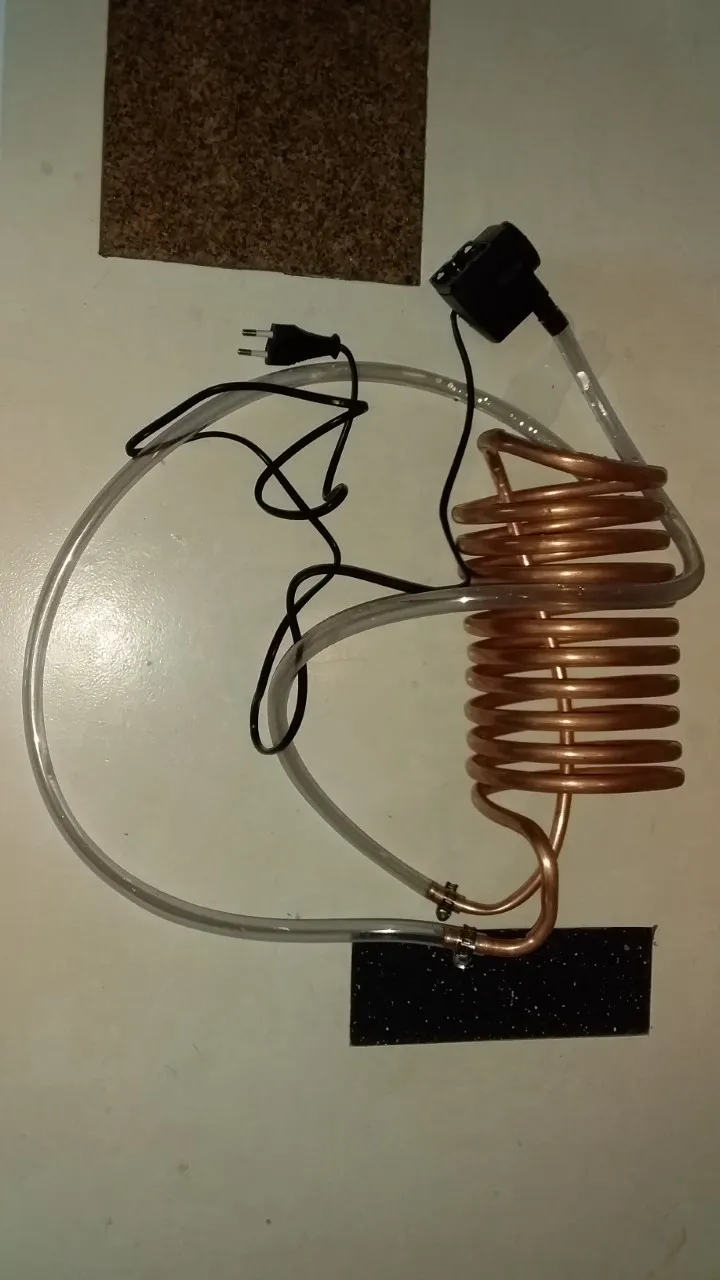
Above and below I have my wort chiller which of course I made at home!
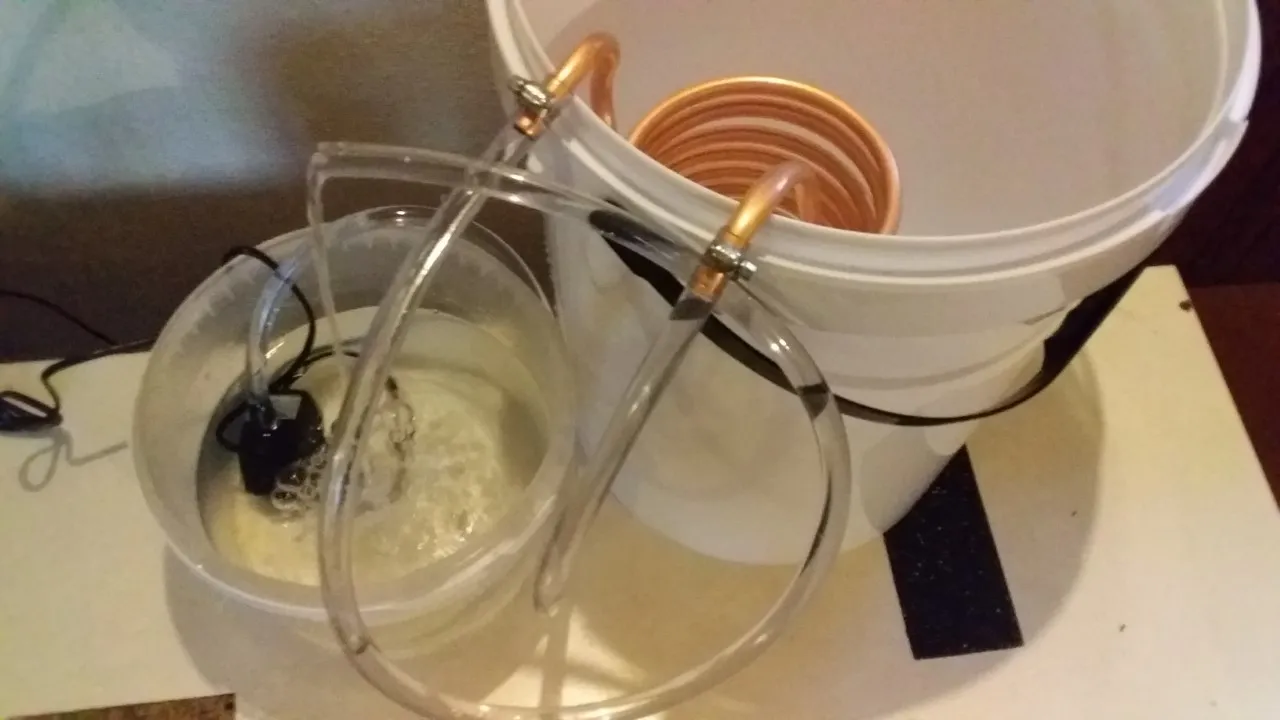
I recently posted a video of my home made Wort Chiller which I made here check it out operating here: @craigcryptoking/brewing-beer-at-home
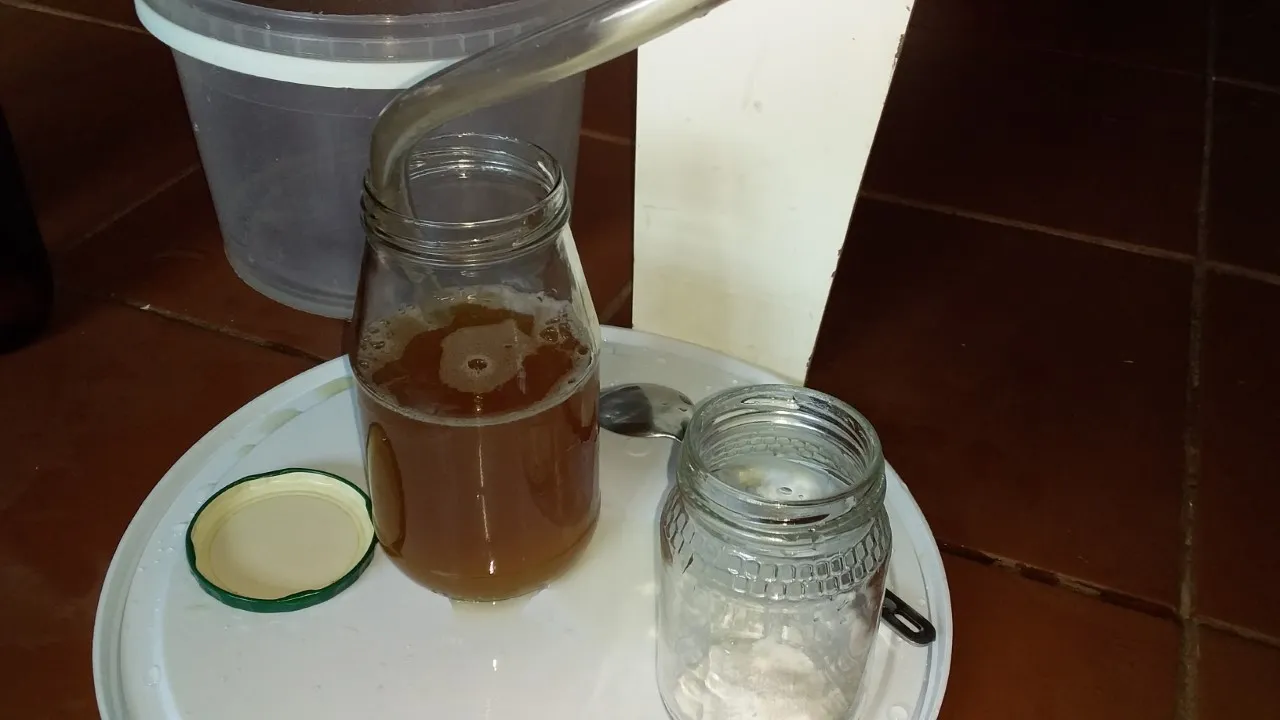
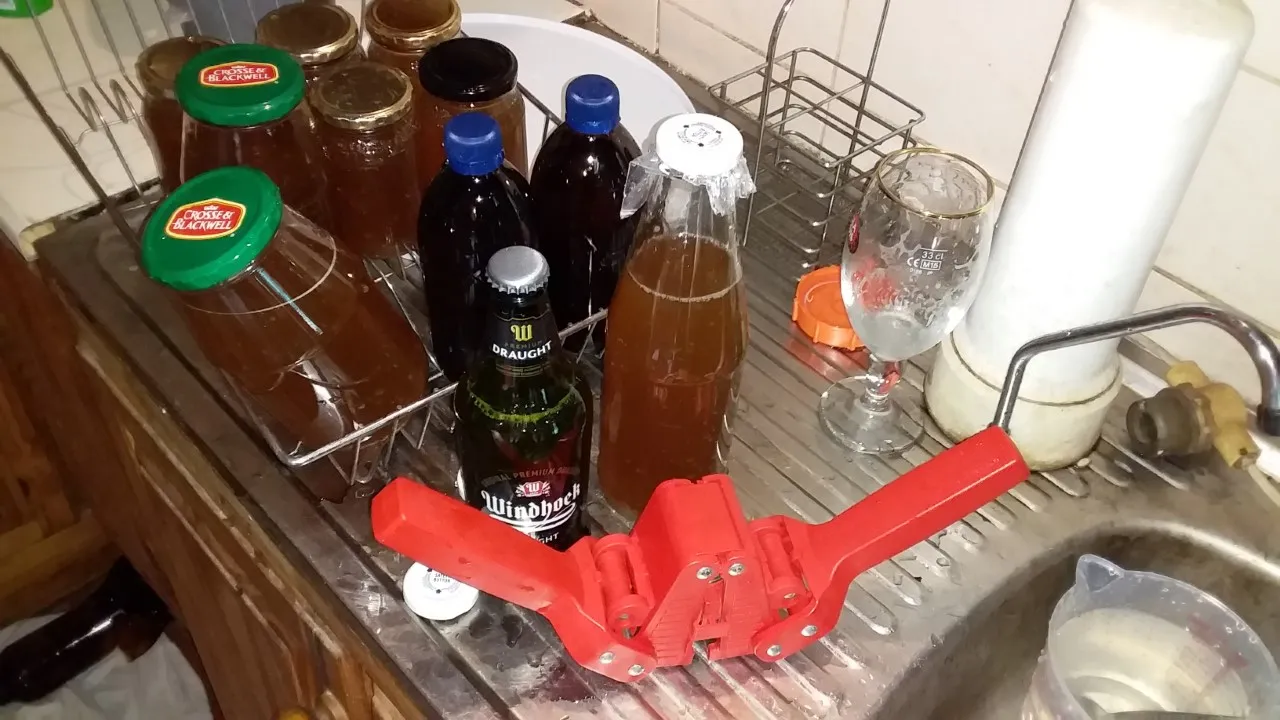
An interesting read here as per wikipedia regarding the process of cooling wort (unfermented beer) After the whirlpool, the wort must be brought down to fermentation temperatures 20–26 °C (68–79 °F)[71] before yeast is added. In modern breweries this is achieved through a plate heat exchanger. A plate heat exchanger has many ridged plates, which form two separate paths. The wort is pumped into the heat exchanger, and goes through every other gap between the plates. The cooling medium, usually water, goes through the other gaps. The ridges in the plates ensure turbulent flow. A good heat exchanger can drop 95 °C (203 °F) wort to 20 °C (68 °F) while warming the cooling medium from about 10 °C (50 °F) to 80 °C (176 °F). The last few plates often use a cooling medium which can be cooled to below the freezing point, which allows a finer control over the wort-out temperature, and also enables cooling to around 10 °C (50 °F). After cooling, oxygen is often dissolved into the wort to revitalize the yeast and aid its reproduction. Some of the craft brewery, particularly those wanting to create steam beer, utilize coolship instead.
While boiling, it is useful to recover some of the energy used to boil the wort. On its way out of the brewery, the steam created during the boil is passed over a coil through which unheated water flows. By adjusting the rate of flow, the output temperature of the water can be controlled. This is also often done using a plate heat exchanger. The water is then stored for later use in the next mash, in equipment cleaning, or wherever necessary.[96] Another common method of energy recovery takes place during the wort cooling. When cold water is used to cool the wort in a heat exchanger, the water is significantly warmed. In an efficient brewery, cold water is passed through the heat exchanger at a rate set to maximize the water's temperature upon exiting. This now-hot water is then stored in a hot water tank.[96 https://en.wikipedia.org/wiki/Brewing#Wort_cooling
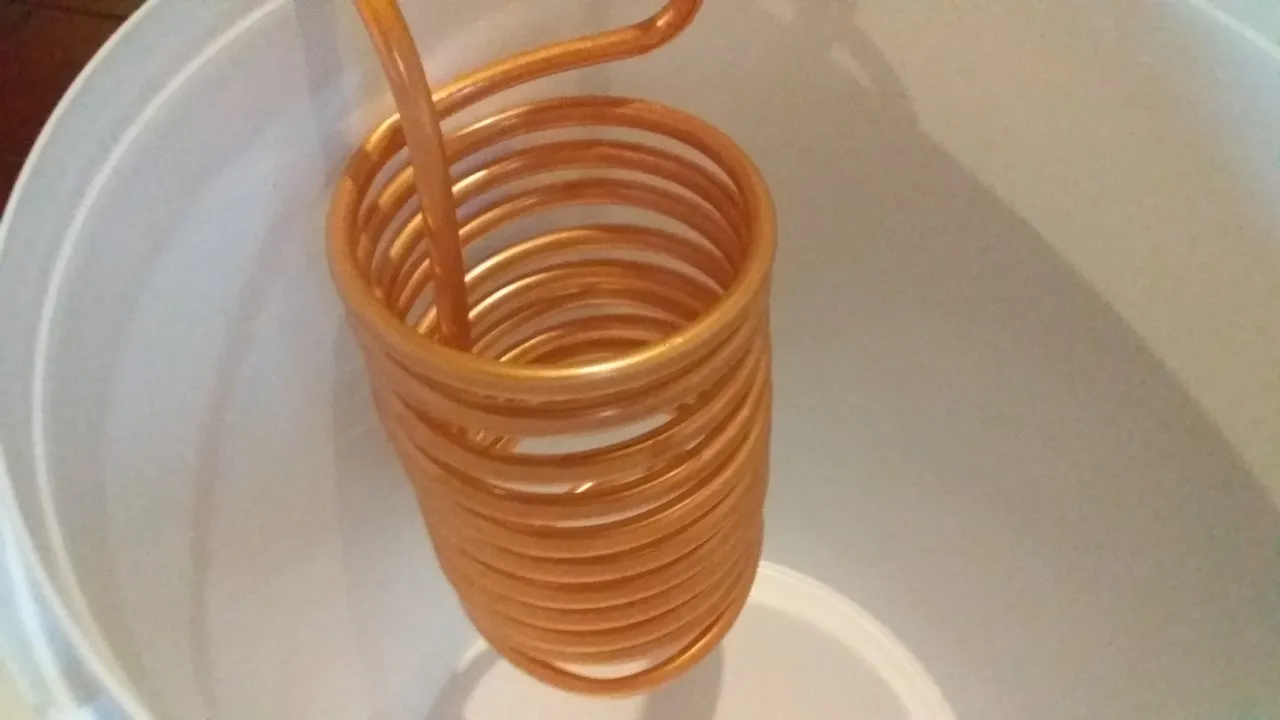
The tools of the trade, above a pipe cutter which I used to cut my copper pipes before bending them into shape. Below 'said' copper pipe, as well as a pipe bender an essential for all your copper pipe bending needs!
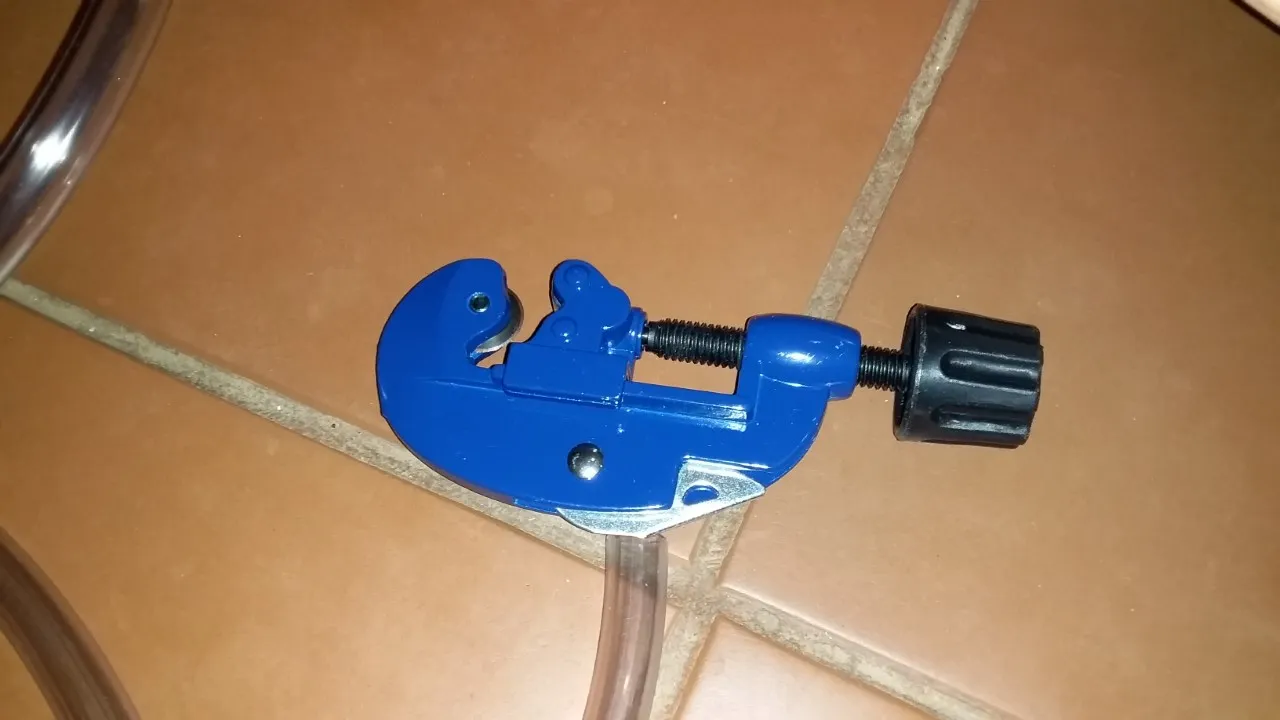
Today was bottling day. One of the main rules of thumb regarding beer making which as we all have become particularly aware of the last few months: SANITIZE properly, so after doing so with all my glass bottles, I began to bottle my magic golden brew!
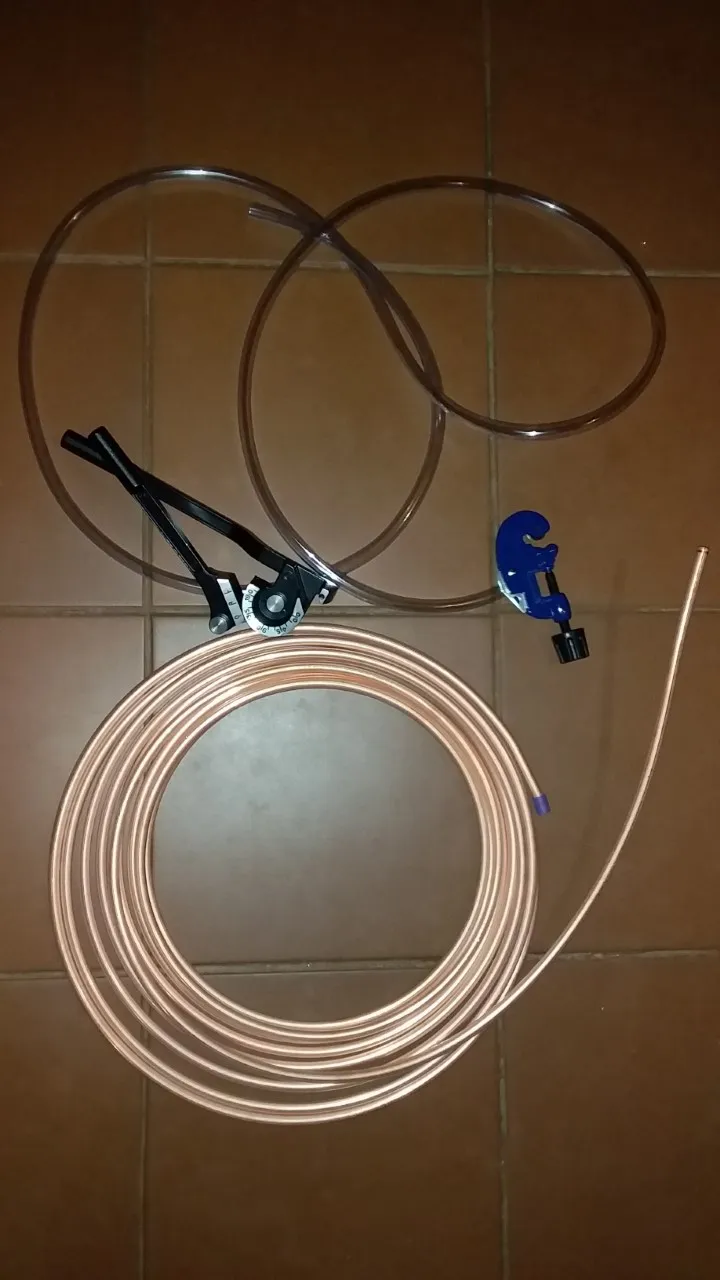
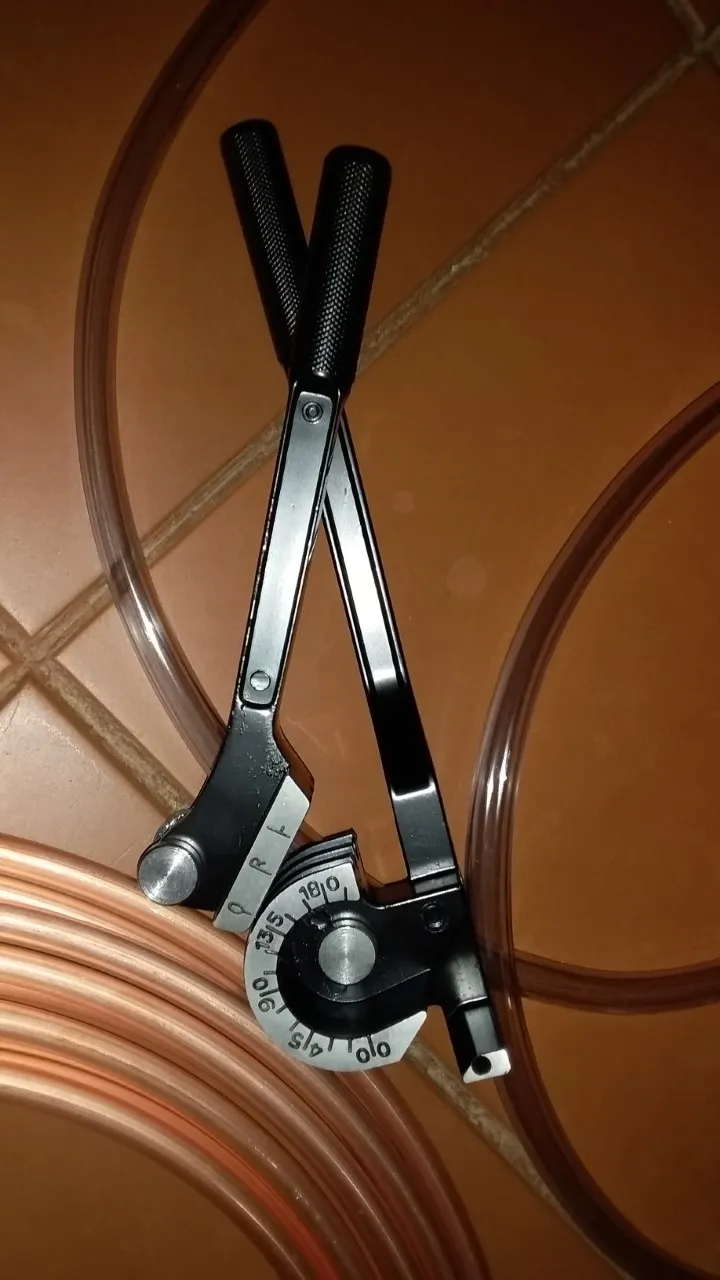
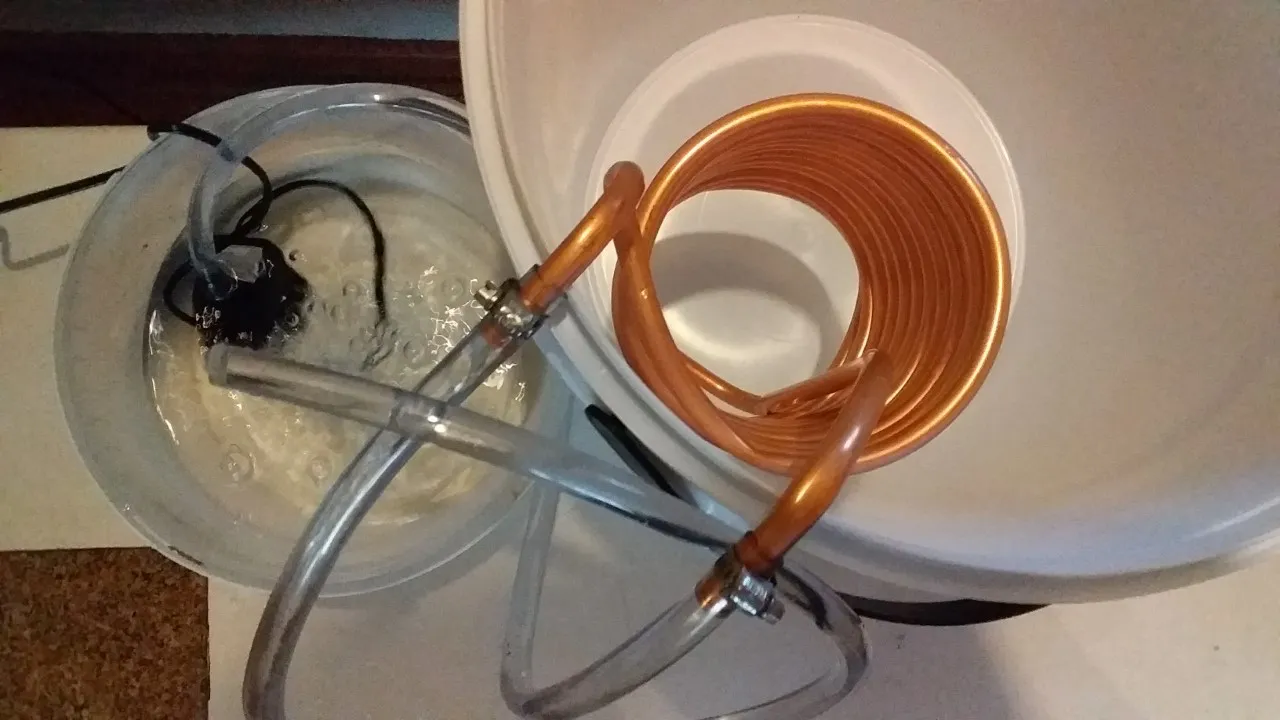
That novel little red device is a beer capper. Simply put the cap on the beer once bottled and crimp on securely whilst pullin down on both handles evenly!!
I used old Windhoek lager bottles to bottle my new brew. Simply wash, sanitize, bottle and re-cap!
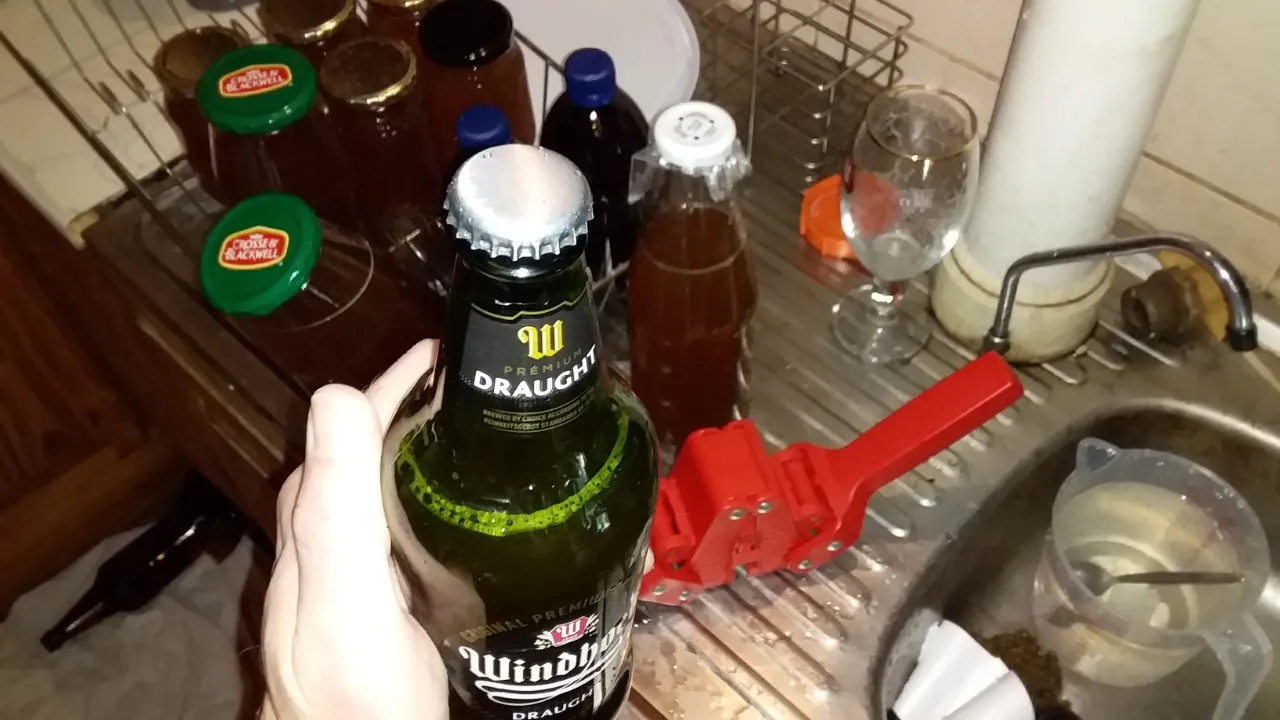
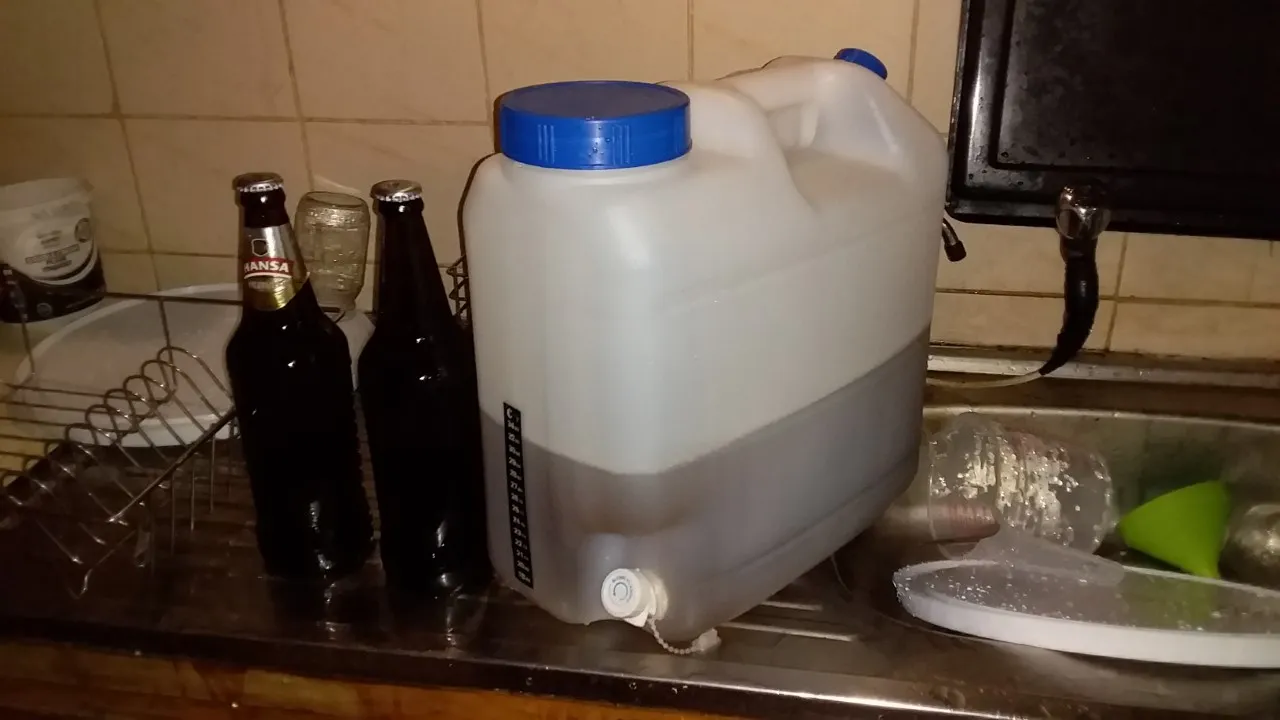
All bottled up and ready to sit for another 7 days at room temperature for the freshly added Dextrose (brewing sugar) which activates carbonation in the beer to give that excellent fizz!!

Maybe this motivates you to get into the wonderful World of home brewed craft beer?
I trust you have an incredible week.
Love and light, be blessed!
Cheer$;)